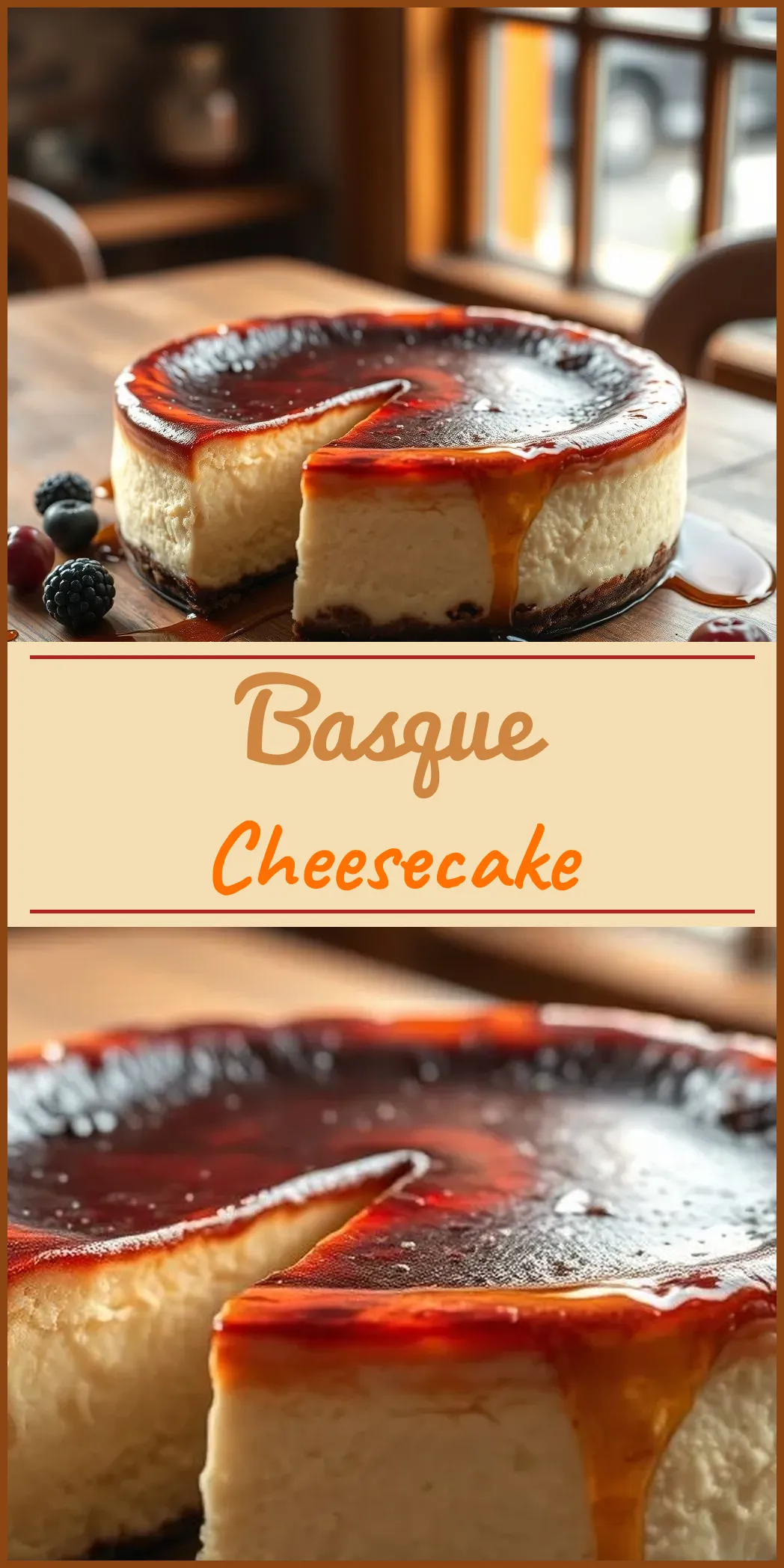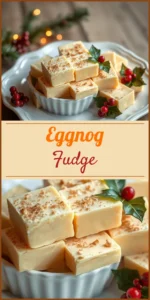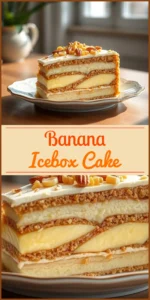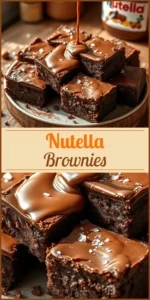Basque Cheesecake is a Spanish dessert that defies conventional cheesecake norms. Its striking, burnt exterior and smooth, creamy interior deliver a delightful contrast in both texture and flavor. In this article, we explore every detail of this rustic dessert. You will learn about the origins, ingredients, techniques, and variations that make Basque cheesecake a standout treat.
What Is Basque Cheesecake?
Basque Cheesecake, also known as burnt cheesecake, originates from the Basque region of Spain. It is celebrated for its intentionally charred top and luscious custard-like center. Unlike traditional cheesecakes with a defined crust, this recipe embraces irregularities. The caramelized edges and cracked surface lend it a rustic charm that distinguishes it from its American counterpart.
The dessert is baked at a high temperature to achieve its signature dark, almost burnt appearance. The high heat sets the outer layer quickly while preserving the creaminess of the interior. This method produces a unique combination of flavors and textures that has captivated dessert lovers worldwide.

History and Evolution
Basque Cheesecake began as a local specialty made by Basque bakers. The technique likely evolved from resourceful baking practices that focused on flavor rather than perfection. Over time, the culinary world discovered that the “flaws” in appearance were the real secrets to its delicious taste.
Today, Basque Cheesecake is popular globally and can be found in many modern eateries. Its popularity is driven by its bold taste profile and the intriguing contrast of burnt and creamy elements. This cheesecake continues to evolve as bakers experiment with new flavors and ingredient variations.
Key Ingredients and Their Role
Every ingredient in this recipe plays a crucial role in delivering the perfect balance of flavors. Here is a list of essential ingredients along with a brief explanation:
- Full Fat Cream Cheese: Forms the creamy base. It lends a rich texture and smooth consistency.
- Caster Sugar: Provides sweetness. It dissolves easily, integrating seamlessly into the batter.
- Large Eggs: Essential for binding the ingredients. They give the cheesecake its custard-like structure.
- Vanilla Extract: Adds warmth and depth to the flavor profile.
- Salt: Enhances sweetness and balances the overall taste.
- Heavy Cream: Contributes additional creaminess and a luxurious feel.
- All-Purpose Flour: Stabilizes the batter. It helps to control the cheesecake’s rise and prevents cracking.
Using the proper measurements and high-quality ingredients is key to achieving the best results. Each component contributes to both the flavor and the unique texture of Basque Cheesecake.
Equipment and Preparation
Before you begin, it’s essential to assemble the right equipment. Here’s what you’ll need:
- An 8-inch springform pan.
- Parchment paper to line the pan.
- A mixing bowl and a hand mixer or stand mixer.
- A spatula for scraping the bowl.
- A sharp knife for slicing the cooled cheesecake.
Preparation Steps:
- Preheat the Oven: Set the oven temperature to 425°F (220°C). High heat is critical for the cheesecake’s signature burnt crust.
- Line the Pan: Grease the springform pan lightly. Then, line it with parchment paper. Ensure the paper extends above the rim; this will protect the cheesecake from leaking.
This careful preparation sets the stage for a smooth baking process.
Step-by-Step Basque Cheesecake Recipe
Below is an in-depth guide detailing every step, from mixing to serving. This format addresses both beginners and experienced bakers.
1. Mixing the Batter
Begin by softening the cream cheese to room temperature. This step ensures that the mixture will be smooth and lump-free.
- Combine and Whisk: In a large bowl, add the cream cheese and caster sugar. Beat on low speed until the mixture is homogenous and creamy.
- Incorporate Eggs: Add eggs one at a time. Beat lightly after each addition until fully integrated.
- Flavoring and Cream: Mix in the vanilla extract and a pinch of salt. Slowly pour in the heavy cream while continuing to blend.
- Stabilize with Flour: Gently fold in the all-purpose flour. Avoid overmixing. Overbeating may introduce excess air, which can affect the texture.
This method guarantees a smooth batter that will bake into a delectably creamy cheesecake.
2. Baking Process
Pour the well-combined batter into the prepared pan. Ensure that the mixture is evenly distributed.
- Baking Time: Place the pan in the hot oven. Bake for 45-65 minutes. The exact time depends on your oven and your preference for the top’s darkness. Look for a deep brown, almost burnt top while the center remains soft and wobbly.
- Observation: The transformation during baking is critical. You should see the edges slightly puffing while the interior stays custardy.
3. Cooling
After baking, it is essential to manage the cooling process carefully:
- Room Temperature Cooling: Allow the cheesecake to cool in the pan for about 2 hours at room temperature. This gradual cooling helps settle the texture.
- Chill Overnight: For optimal consistency, refrigerate the cheesecake uncovered for at least 8 hours. This step is key to developing the creamy center that defines Basque cheesecake.
4. Serving
Once chilled, remove the cheesecake from the pan:
- Unveil the Cheesecake: Peel away the parchment paper carefully. The soft interior contrasts beautifully with the burnt top.
- Slicing Tips: Use a sharp knife dipped in hot water. This trick creates clean cuts and prevents the cake from sticking.
Enjoy your Basque Cheesecake on its own or with a light dusting of powdered sugar. Some prefer a drizzle of honey or a side of fresh fruit to balance its rich creaminess.
Expert Tips for the Perfect Basque Cheesecake
Every baker develops little tricks that enhance their creation. Here are some guidelines to hone your cheesecake game:
- Room-Temperature Ingredients: Ensure that your cream cheese, eggs, and heavy cream are at room temperature. This reduces the risk of lumps and allows for a homogenous mixture.
- Gentle Mixing: Mix at low speed to avoid introducing too much air. The goal is simplicity, not volume.
- Check Your Oven: Oven temperatures may vary. Keep an eye on the cheesecake about 45 minutes into the baking process.
- Cooling is Crucial: Patience here pays off. Rushing the cooling process can affect the cheesecake’s texture.
- Knife Technique: Always wipe your knife between cuts. Warm water helps achieve clean slices, making the presentation neat.
These techniques ensure that your Basque Cheesecake will turn out perfectly every time.
Variations and Flavor Twists
While the classic Basque Cheesecake is a masterpiece on its own, experimenting with variations can add extra joy to the dessert:
Citrus Infusion
- A splash of lemon juice or zest can introduce a subtle tang.
- Citrus fruits can balance the rich sweetness, making the dessert lighter—ideal for spring and summer.
Nutty Delight
- Adding a small amount of almond extract or chopped nuts offers a nutty undertone.
- This variation gives the cheesecake a crunchy component without compromising its creamy texture.
Fruity Compote
- Serve with a side of berry compote or a drizzle of kiwi puree.
- A fruity note can add an extra dimension to the overall flavor, making each bite uniquely refreshing.
Feel free to experiment. The simplicity of the recipe allows it to adapt to personal tastes and occasion-specific themes.
Storing and Freezing Your Cheesecake
Proper storage is important not only to preserve flavor but also to maintain the texture:
Refrigeration
- How to Store: Place the cooled cheesecake in an airtight container. Cover it tightly with plastic wrap.
- Duration: Keep refrigerated for up to 5 days.
- Serving Tip: Allow the cheesecake to reach room temperature for about 20 minutes before serving. This improves the flavor and texture.
Freezing
- Freezing Process: Wrap the cooled cheesecake tightly in plastic wrap, then cover with aluminum foil.
- Shelf Life: Freeze for up to 3 months.
- Thawing: Thaw overnight in the refrigerator. Avoid using microwaves to defrost, as the texture might suffer.
Following these steps ensures that you can enjoy your Basque Cheesecake well beyond the initial serving.
The Appeal of Basque Cheesecake
Basque Cheesecake is more than just a dessert. It is an experience—a culinary journey that emphasizes authenticity and simplicity. Its unique preparation method challenges the norms of baking. Each cheesecake tells a story of tradition blended with creativity.
Here are a few reasons to fall in love with Basque Cheesecake:
- Visual Impact: The beautiful contrast between the burnt top and creamy inside makes it a conversation starter at dinner parties.
- Sensory Delight: The rich, smooth texture coupled with a slight caramelized flavor captivates the taste buds.
- Ease of Preparation: Despite its gourmet appearance, the recipe is simple and requires no elaborate techniques.
- Versatility: Perfect for intimate gatherings or larger celebrations, it suits any occasion.
Its imperfections are its strength. Enjoying Basque Cheesecake means embracing the beauty in simplicity and imperfection.
Basque Cheesecake is a dessert that celebrates a balance of flavors and textures. Its intentionally burnt exterior brings out the sweetness of the caramelized edges, while the smooth, custard-like center offers unparalleled creaminess. The recipe requires minimal ingredients and basic kitchen tools, making it a must-try for home bakers of all levels.
Whether you serve it plain, with a fresh fruit topping, or with a light dusting of powdered sugar, its unique taste and rustic charm are sure to impress. Experiment with variations and enjoy the process of creating a dessert that bridges tradition with modern culinary innovation.
The Basque region’s culinary secrets have traveled far beyond Spain. Today, this dessert has found a beloved place in kitchens around the globe. Make Basque Cheesecake a part of your dessert repertoire and savor the delightful interplay of burnt and creamy textures with every bite.
Happy baking and enjoy this remarkable Spanish treat!

Basque Cheesecake
This foolproof recipe yields an incredibly creamy, custardy Basque cheesecake. It has a beautifully caramelized exterior. The interior is rich and smooth.
Ingredients
- 1/4 cup all-purpose flour
- 1/2 teaspoon salt
- 1 1/2 cups heavy cream
- 1 1/3 cups caster sugar
- 4 (8-ounce) blocks full-fat cream cheese, room temperature
- 1 teaspoon vanilla extract
- 5 large eggs, room temperature
Instructions
- Preheat the oven to 425°Fahrenheit (220°C). Grease an 8-inch springform pan. Line the pan with two sheets of parchment paper. Allow the excess parchment to hang over the side.
- In a large bowl, beat the cream cheese and sugar. Continue until the mixture is smooth and lump-free, about 2 minutes.
- Blend in the eggs one by one on low speed. Continue until well combined. Add the vanilla and salt. Mix briefly. Scrape the sides of the bowl as needed.
- While mixing, slowly pour the heavy cream into the mixture. Continue until smooth. Sift the flour on top. Fold gently with a spatula until combined. The batter will be thin.
- Pour the batter into the prepared pan. Gently tap the pan on the counter a few times. This will help release large air bubbles.
- Bake for 45-65 minutes (see notes). The top should be dark brown. The center should still be very jiggly.
- Allow to cool at room temperature for 2 hours. Then, refrigerate uncovered for at least 8 hours or overnight.
- When ready to serve, carefully peel away the parchment paper. Then, slice. For clean slices, dip a sharp knife into hot water. Wipe it dry between each slice. Enjoy!




